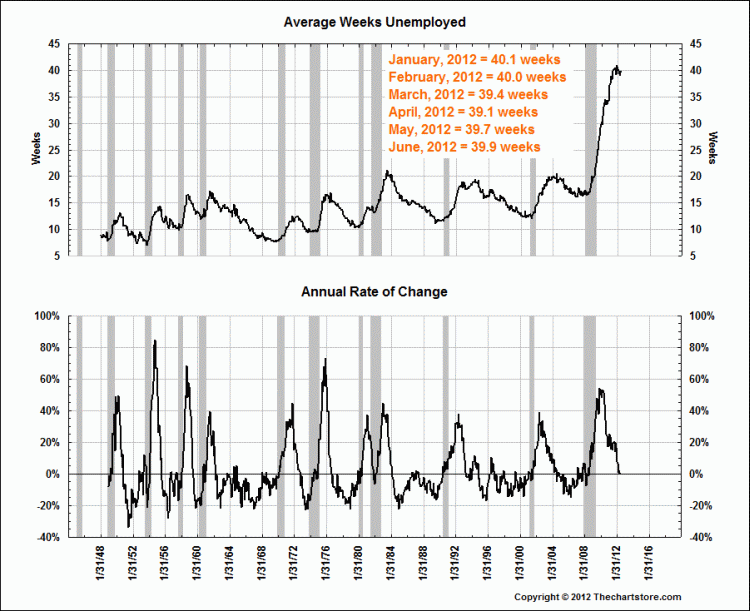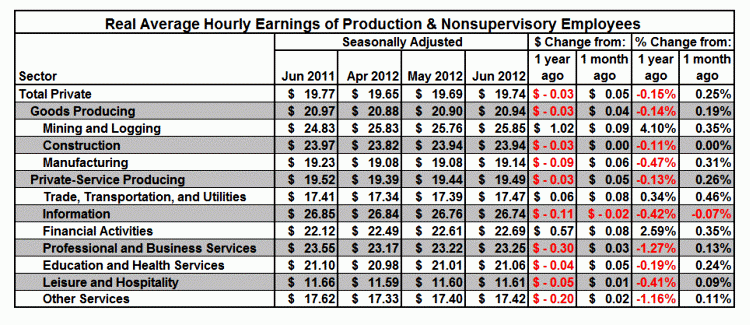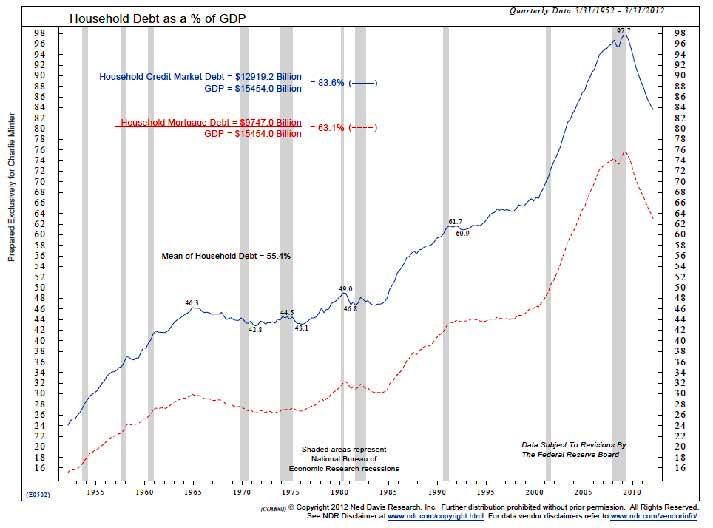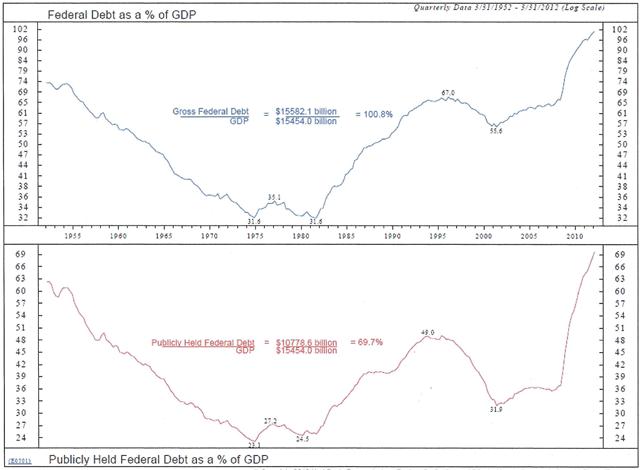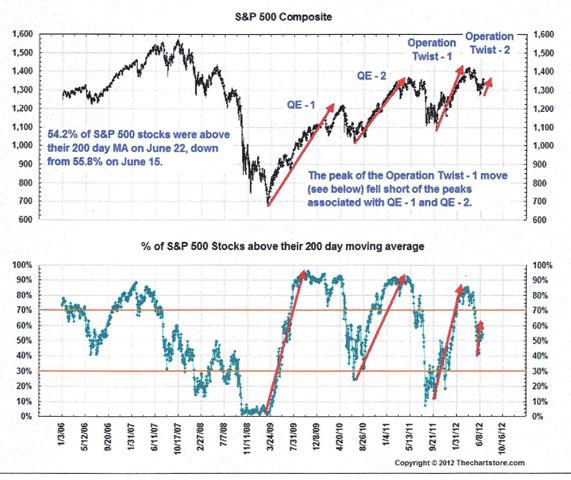The easy part is sleeping the first day or two after a long journey. What takes longer is sleeping at the right time once you’ve caught up on sleep. That teaches patience. So I enjoy my masala omelet for breakfast, veg momos for lunch, chicken fried rice for dinner, I circumambulate Boudha stupa, do laundry, take showers when the water is warm, email when there’s power, and read Steven Pinker’s “How the Mind Works” while waiting for my own to become functional again.
Nepal’s political situation hasn’t changed. The politicians are still arguing about anything and everything. They almost agreed there should be an election for a new Constituent Assembly (CA) to draft a Constitution. They almost agreed that before. There was going to be an election in November. Now they’re saying, if they agree, that is, there could be an election next May. There has to be an amendment to the existing interim constitution to authorize the election because the first CA was supposed to draft the new constitution and there was no expectation they might fail to do that. The politicians can’t agree what form the modification to the interim constitution should take. They also can’t agree who should lead the government during the interim.
The issue cited as the roadblock to agreement about the new constitution, the one the CA was supposed to draft, is the number of districts (pradeshes) in Nepal’s new secular, democratic federal republic. The UCPN-M (Maoist party) says there must be 10 or 14 pradeshes with no more than 2 in the Tarai (the area in the south adjoining India). The UDMF (Madhesi confederation of Tarai folks) currently agrees about that. The NC (Nepali Congress, Nepal’s first political party) says there must be 6 pradeshes, or 11. The UML (United Marxist-Leninist party) says there must be exactly 7. There are many fringe parties with only a few members in the disbanded CA but nobody cares what they think. The four major parties do agree that demarcation and naming of the pradeshes can wait until after the election.
This got me thinking about the French Revolution. They were against the provincial structure that existed under the monarchy. They favored the rights of the individual and a strong nation. They considered the state architecture based on parochial cultural traditions and local privileges to be reactionary. They were for a uni-lingual state. The underlying issue in Nepal is indigenous rights vs unification. The Maoists got much of their support by promising the tribal folks they could self-administer, follow their own cultural traditions, and use their own languages. But Nepali speaking Hindus don’t want to lose the privileged position they had under the former Hindu monarchy. Also, there’s philosophical disagreement about the best national architecture for Nepal.
What could be learned from existing models? France is centralized, unilingual and has a president who behaves in many ways as monarchs did. India is a multilingual, multiethnic secular federation. The US is a federation of states whose number and boundaries evolved over time. Maine split off from Massachusetts, for example. US States have substantial rights, everything not explicitly granted to the center. How much scope should be provided for evolution? The US is secular per the constitution but added “under God” when feeling threatened by communism, was primarily unilingual but is becoming bilingual, briefly split into two nations, and so on.
Nepal’s politicians have no experience forming agreements to take action. How will that develop? They are ignorant of how to govern because there have been no Nepali leaders to show the way.
So why am I thinking about Samuel Beckett’s Waiting for Godot? In that absurdist play, two men wait vainly for someone named Godot to arrive. They claim he’s an acquaintance but admit they would not recognize him. To occupy the time they eat, sleep, converse, argue, sing, play games, exercise, swap hats, and contemplate suicide. It’s a sadly apt metaphor for today’s Nepal.
Not for me. For one thing, there’s nobody here with whom I could swap hats. For another, I’m not here to wait. I’m here to practice not waiting for some fantasy about the future. I’m here to practice not replaying stories about the past. I’m here to practice being 100% aware right now in this moment. If I get another moment, I’ll try to be 100% aware then, too. That way, I’ll know what to do in each moment. It’s like the better I’d practice playing tennis like Roger Federer, the fewer shots I’d miss. The better I practice being awake, the fewer moments I’ll waste.



